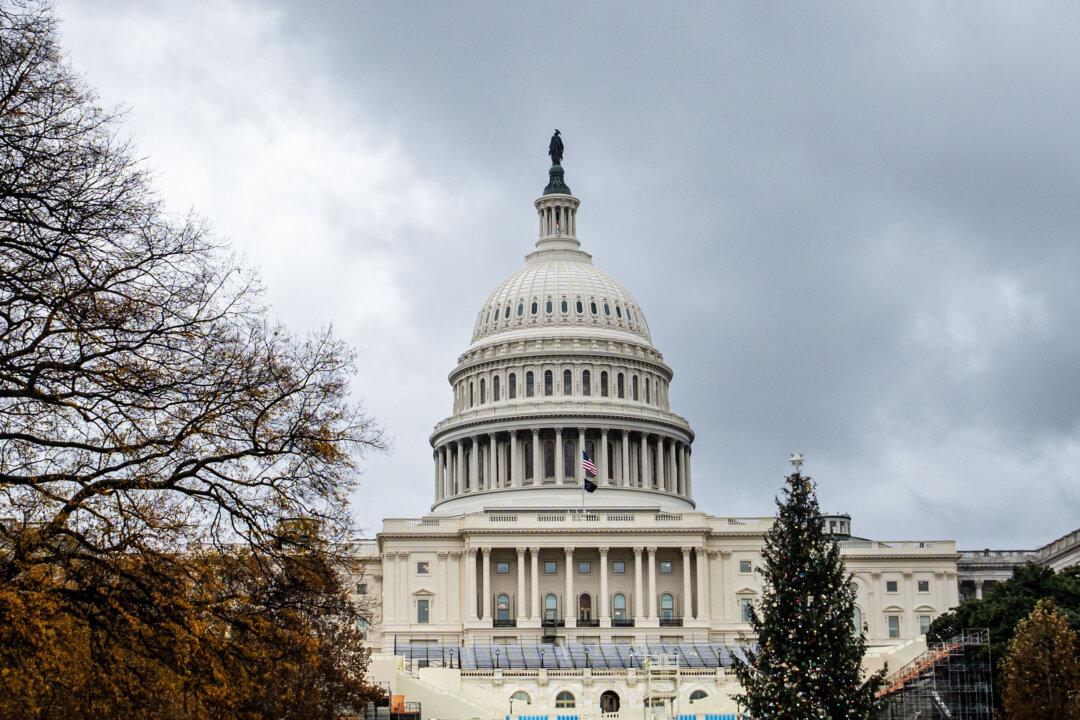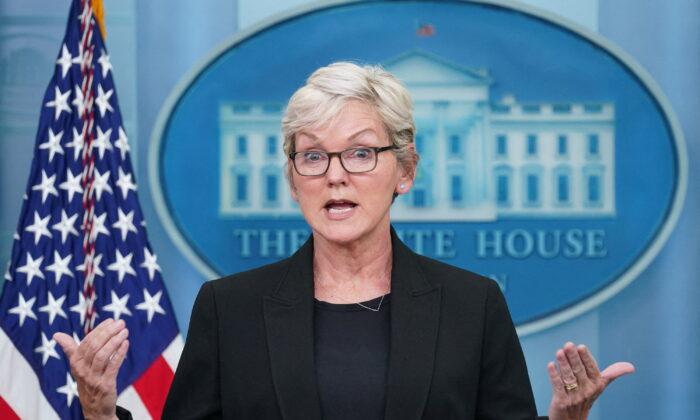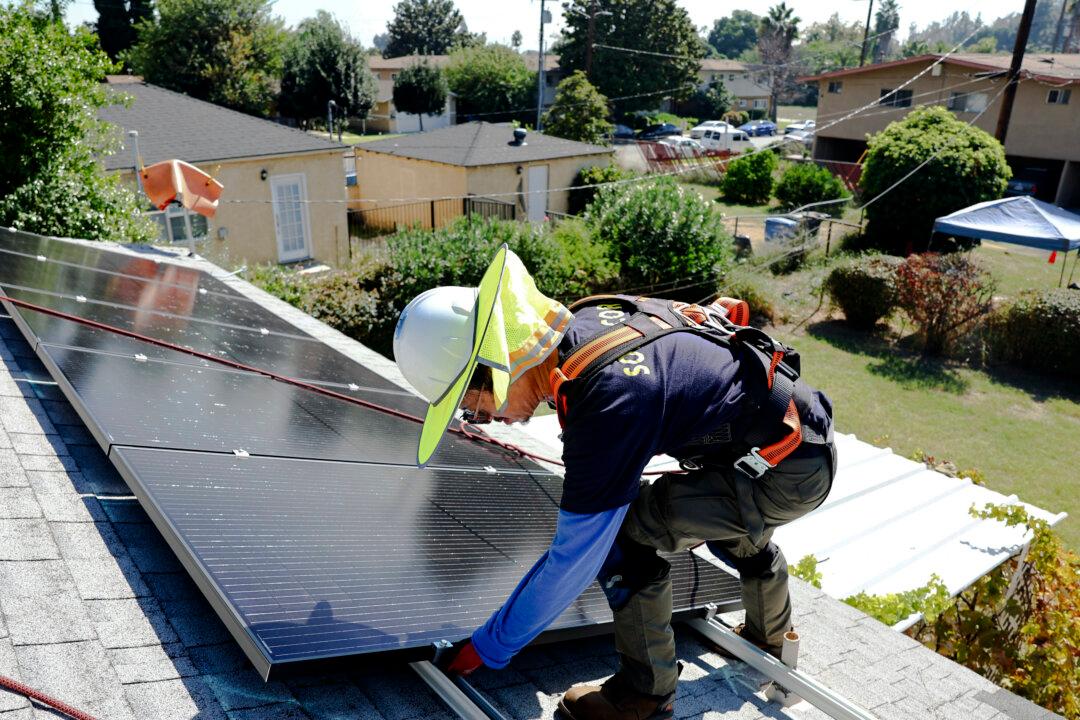The number of American workers filing for unemployment benefits fell last week to a new pandemic-era low, signaling continued labor market improvement.
“There’s good news on several fronts with respect to new jobless claims, which signals stability in the job market. Initial applications for jobless benefits are down for a fifth straight week, falling to a fresh COVID-era low,” Bankrate senior economic analyst Mark Hamrick told The Epoch Times in an emailed statement.
Continuing claims, which run a week behind the initial filings figure and reflect the total number of people receiving benefits through traditional state programs, fell by 134,000 to just over 2.1 million. This is the lowest level of continuing claims since March 14, 2020, when there were around 1.77 million claims.
“One thing is clear: The priority for most businesses is to attract and retain workers. Job cuts are at the lowest levels in years. Challenger Gray & Christmas says job cut announcements year-to-date are down 87 percent from the same period last year,” Hamrick said.
“With near-record job openings and high levels of individuals departing jobs, the balance of power has clearly swung into workers’ favor. This will likely be the case for as long as the recovery and expansion continue, and until we see the economy slowing more substantially or retrenching,” according to Hamrick.
Consumer spending, which accounts for more than two-thirds of U.S. economic activity, grew at a 1.6 percent rate in the third quarter after a robust 12 percent pace of growth in the April–June quarter.
Another drag on growth was a resurgence of COVID-19 cases in the third quarter, which led to renewed restrictions and delays in the reopening of businesses and other establishments across parts of the country, according to the Commerce Department.





